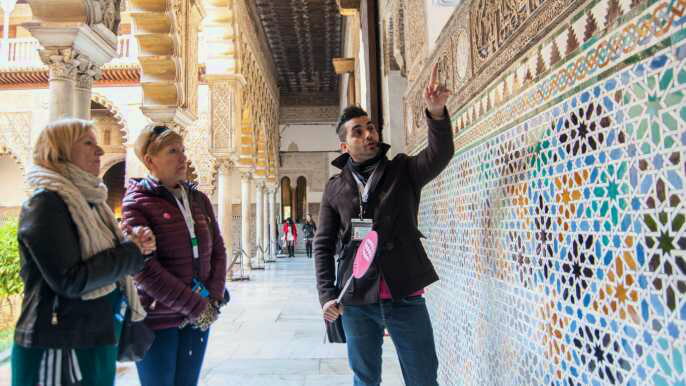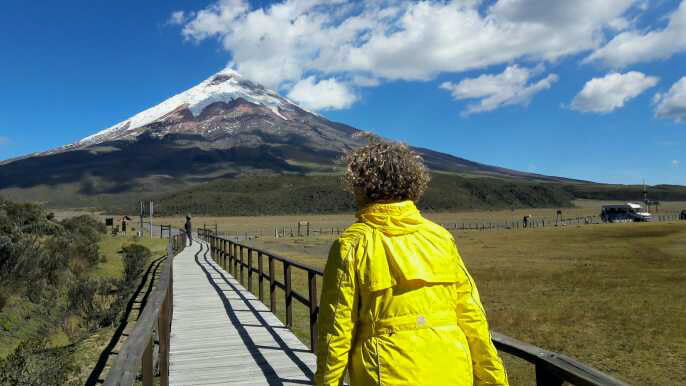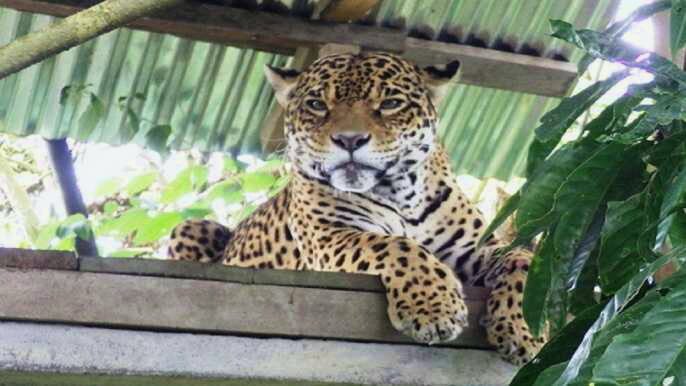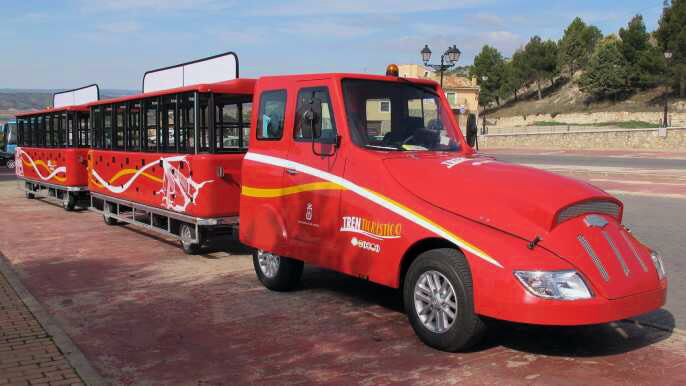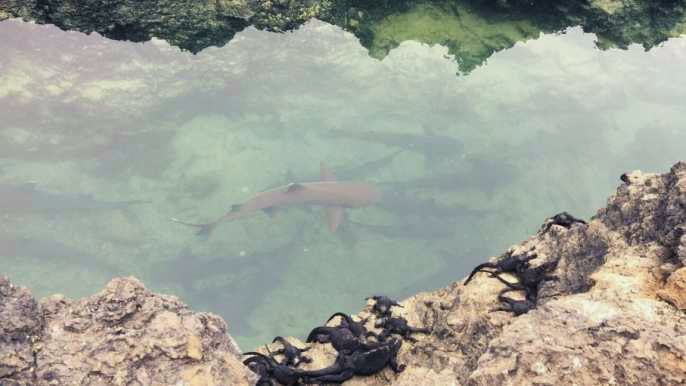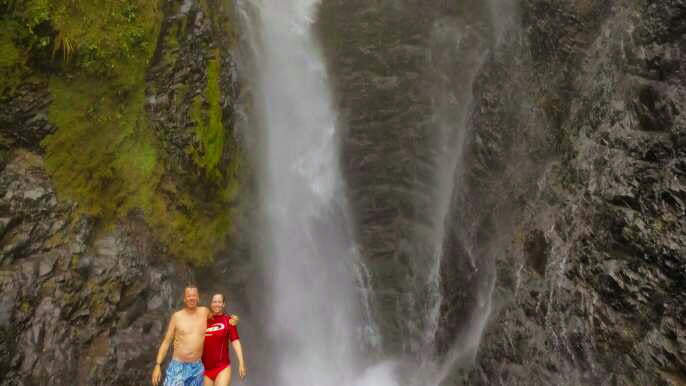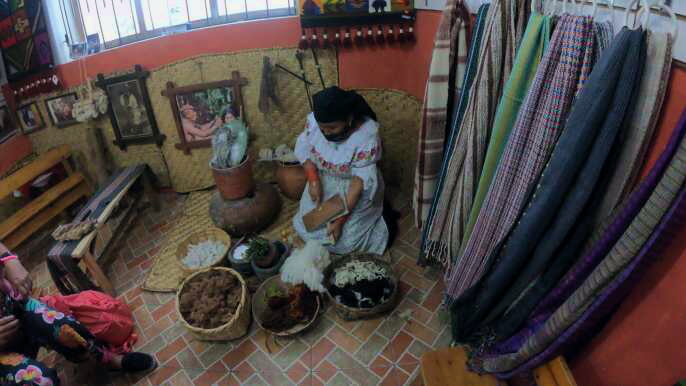Among the many countries in South America, Ecuador straddles the equator on its west coast and is known for its diverse landscape and wildlife-rich Galápagos Islands. Ecuador also includes the Amazon jungle and Andean highlands. The capital, Quito, is located in the Andean foothills at elevation of 2,850m. It features decorated 16th and 17th century palaces. It is also known for its religious sites.
Quito
Located in the foothills of the Andes Mountains, Quito is the capital of Ecuador. Its altitude is almost 3,000 meters above sea level, making it the second highest capital in the world. It is a beautiful city with a unique blend of European and indigenous architectural styles.
One of the most popular attractions in Quito is the old town. This colonial center is the best preserved in Latin America. Despite its age, it is still vibrant with local shops and restaurants.
Another must see in the old town is the Santo Domingo Church. This church was reformed by Italian priests in the 19th century. It has an imposing structure, with ornate ceilings and walls covered in gold leaf. Its towering nave is decorated with elaborate mosaics.
Another great attraction in Quito is the Parque La Carolina. This massive park features 165 acres of parks and sports facilities. It is also home to an artificial lake with islands. The park offers sports such as basketball and soccer. It also has playgrounds, an orchidarium with more than 1,200 species, and a few small shops.
Another popular attraction in Quito is the Avenue of Volcanoes. It is a scenic and hiking destination. It has eight snow-capped peaks and is a high altitude. It also has a riverside promenade lined with gardens and sculptures. It is home to a quirky museum, the Museo en Miniatura.
Cuenca
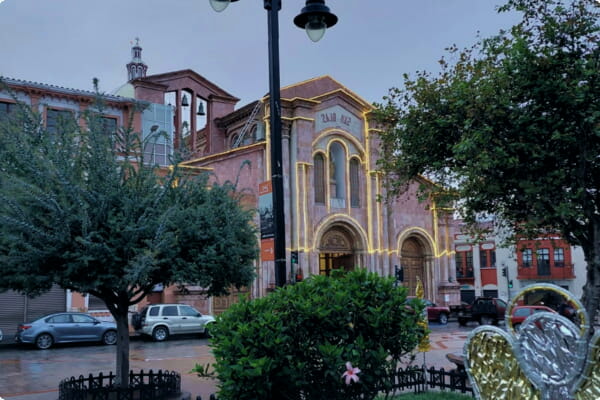
Located in the southern part of Ecuador, Cuenca is a city of diverse cultures. This colonial city was designated a UNESCO World Heritage Site in 1999. Its historic center features ornate colonial architecture, with carved wood and marble details.
Cuenca is a relatively safe city by Latin American standards. It is also a popular destination for retirees and people from all walks of life.
The city's main square is an ideal meeting point for tourists. There are government buildings, a fountain, and benches. It is also home to the 16th-century Catedral Vieja.
There are several local markets. The biggest is the Mercado 10 de Agosto. These markets sell local food and merchandise.
The city also has several museums. The Inter-American Center for Crafts and Popular Arts is a popular tourist spot. Here you can see handicrafts made by regional South American craftsmen.
The Cuenca Cathedral is also popular with tourists. The interior of the cathedral is open to the public daily. It features Spanish stained-glass windows, baby-blue domes, and Italian marble.
There is also the Museo Pumapungo, a museum that displays artifacts and indigenous art. It is free to visit. However, the museum is not open on Mondays.
Cuenca also has an active expat community. Many expats from all over the world are now living in the city. They enjoy the livability and affordable real estate.
Galapagos Islands
Located off the coast of Ecuador, Galapagos Islands are a UNESCO World Heritage Site. These islands have a unique landscape, including volcanic formations, unspoiled beaches and an abundance of animal life. Those looking for an adventure should visit these islands. They also offer visitors the opportunity to encounter prehistoric animals.
Isabela Island is the largest island in Galapagos. It is home to a huge wild tortoise population. It is also home to Tortuga Bay, one of the most popular beaches in the Galapagos Islands. This beach is located at the base of Isabela's volcanic crater. It is home to large marine iguanas and other wildlife.
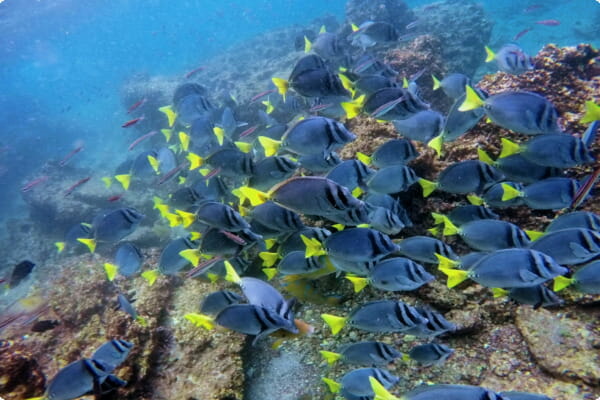
San Cristobal is the fifth largest island in the Galapagos. It is home to the provincial capital Puerto Baquerizo Moreno. It is also home to Darwin Crater, which is home to sea turtles, flamingos and flightless cormorants.
Santa Fe island is home to a sea lion colony. It is also home to large mangrove trees and marine iguanas. The island's volcano, Sierra Negra, is an active volcano. You can hike and enjoy the views of greenery growing on volcanic rock.
Those who love water will want to visit Punta Pitt. It is a great location to observe Galapagos seals, sea lions, sharks, and penguins. You can also snorkel at Los Tuneles.
Tortuga Bay is also a great place to visit if you are a wildlife watcher. You can watch black turtles, pelicans, sharks, marine iguanas, and other wildlife. The area is also home to a fine white sand beach.
Riobamba
Located at the foot of South American volcanoes, Riobamba, Ecuador is an enchanting city for tourists. Founded in 1799, this city is surrounded by large hills and a valley. Its architecture is influenced by European styles. The city is a popular destination for backpackers and adventure seekers. Riobamba has plenty of attractions, including museums and markets. It's also home to the largest indigenous population in Ecuador.
The Museum of the City is an excellent place to learn about the culture of Riobamba. Its exhibits feature archaeological works and elements from the Andes. It also features artifacts from the Tuncahuan culture.
The Religious Art Museum is one of the most popular attractions in Riobamba. It's located inside a former convent. It houses a collection of Christian and religious art. It's often referred to as the best museum in the city. It's open 9:00-5:30 on weekdays, and 9:00-5:00 on weekends.
Another museum that's worth visiting is the Museo de la Ciudad. It's a stately, restored building. It has a theater and rooms for exhibitions and oral exhibitions. It also features temporary art exhibitions.
The city also has an outdoor theme park called Ricpamba. It's located in a former forest nursery for the Decentralized Autonomous Government. It's a great place to spend the day. It's also home to a fountain that was erected to honor the Roman God of the sea, Neptune.
Quilotoa Crater
Located in the Andes Mountains, Quilotoa Crater is one of the most beautiful places in Ecuador. The lake is a large volcanic crater that is surrounded by a massive rim of cliffs. It is also known for its turquoise-colored water and fumaroles.
It is located southwest of Quito, on the western edge of the Andes Mountains. Quilotoa is a small town that is located on the edge of the lake. It is a popular tourist destination. There are several ways to visit Quilotoa Crater, from day trips to hiking the perimeter of the lake.
The crater lake is turquoise to emerald green and shimmering. The water is green because of the dissolved minerals in the lake. The lake floor is rocky and contains fumaroles, steam holes. These cause surface water to steam all the time.
Quilotoa Crater Lake is a great day trip from Quito. It is easy to reach and offers breath-taking views. There are several ways to tour the lake, including hiking the crater shore, a hike around the perimeter of the lake and a boat trip on the lake. The lake is also known for its hot springs, which are located on the eastern rim.
Quilotoa is located in the Cotopaxi Province. The lake is home to several species of birds and flowers. It also features a waterfall and hot springs.
Quilotoa is best visited in the drier months. The area is fairly temperate, but can be very windy. It is recommended to visit between June and September.
Casa del Arbol swing
Located in Banos de Agua Santa, Ecuador, the Swing at the End of the World is a tourist destination. Located on top of a mountain, this is a fun spot to visit.
Originally, the swing was simply tied to a tree branch. This has since changed, as other swings have sprouted up around the area.
In fact, there is even a small tree house next to the swing, where visitors can leave messages for the rest of the world. In addition, there is a small cafe for those looking for food or drinks. The swing is also home to an impressively large guest log, which features messages from around the world in multiple languages.
The Swing at the End of the World is located in La Casa Del Arbol, a popular tourist spot in Banos de Agua Santa, southwest of Quito. It is located near the Tungurahua volcano, one of the most active in Ecuador. The Tungurahua volcano is the source of the Swing at the End of the World's name.
While the Swing at the End of the World might be the most popular tourist attraction in Ecuador, there are other more exciting and interesting sights to see in this part of the country. Banos de Agua Santa is also home to the Devil's Cauldron, which is a waterfall. The Pailon of Diablo is also located near the town.


